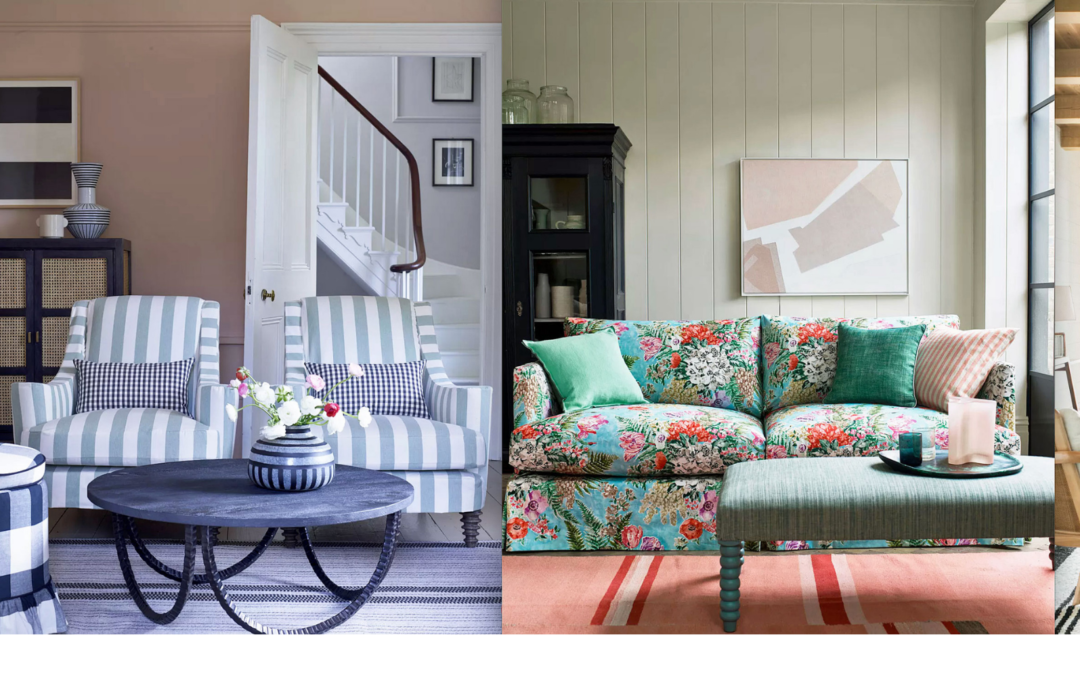You’ve probably heard the old cliché that light is 50% of your interior design. But did you know it’s 100% of your home lighting plan? That might sound like an exaggeration. But once you start designing your home with a focus on its lighting layout, you’ll see just how true it is. Properly planning out your home lighting plan will make all the difference between rooms that feel cozy and inviting and rooms that look dreary and depressing. Here are some tips to get you started in creating the perfect home lighting plan.
Define Your Budget For The Perfect Home Lighting Plan

To create a home lighting plan, you first need to define your budget. How much are you willing to spend on new lighting? Does your home have enough natural light or do you need additional light sources? What type of ambiance do you want to achieve? Once you’ve answered these questions, it’s time to choose lights that suit your style and meet your needs.
Pick a theme or design type
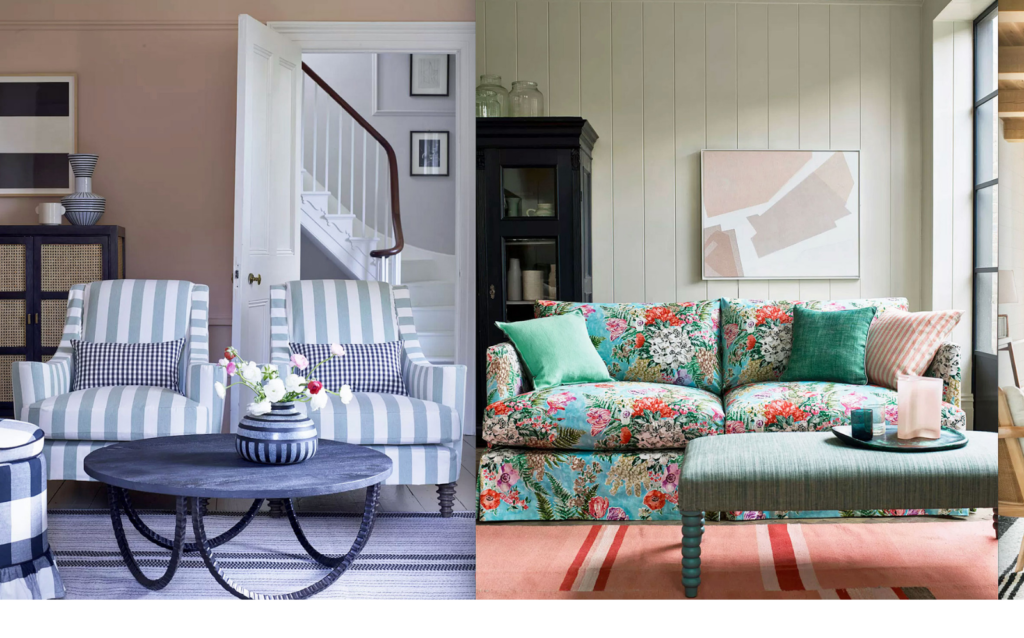
As with any big home design project, having a clear idea of what you want your end result to look like makes it easier to pull everything together. Use your theme or design type to help you plan how light will flow through each space and how different lighting fixtures can set just the right mood. This can be as simple as choosing an overall color scheme or sticking with a particular style of decorating, from mid-century modern to industrial chic. You might even want a little of both!
Check the requirement of each room
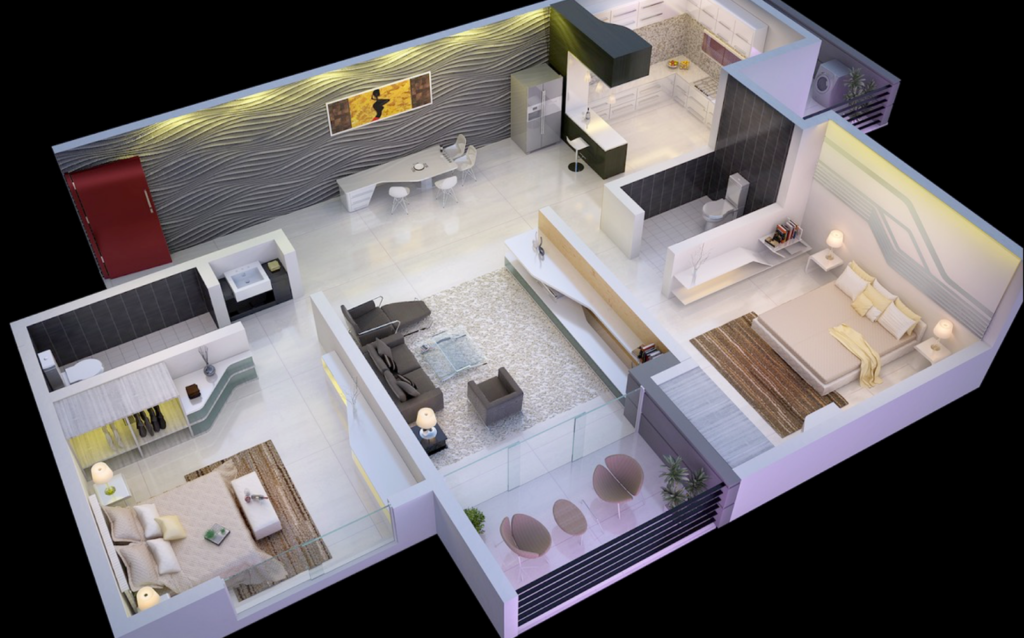
You don’t want too much light in a bedroom, but you want your living room to be bright enough that you can see your furniture. Likewise, there is no need for a dining room light if you will never eat there. With all of these things in mind, once you have an idea of how many rooms/spaces you need lighting for, as well as their purpose. It’s time to start figuring out what kind of lighting will work best.
Start with main lights
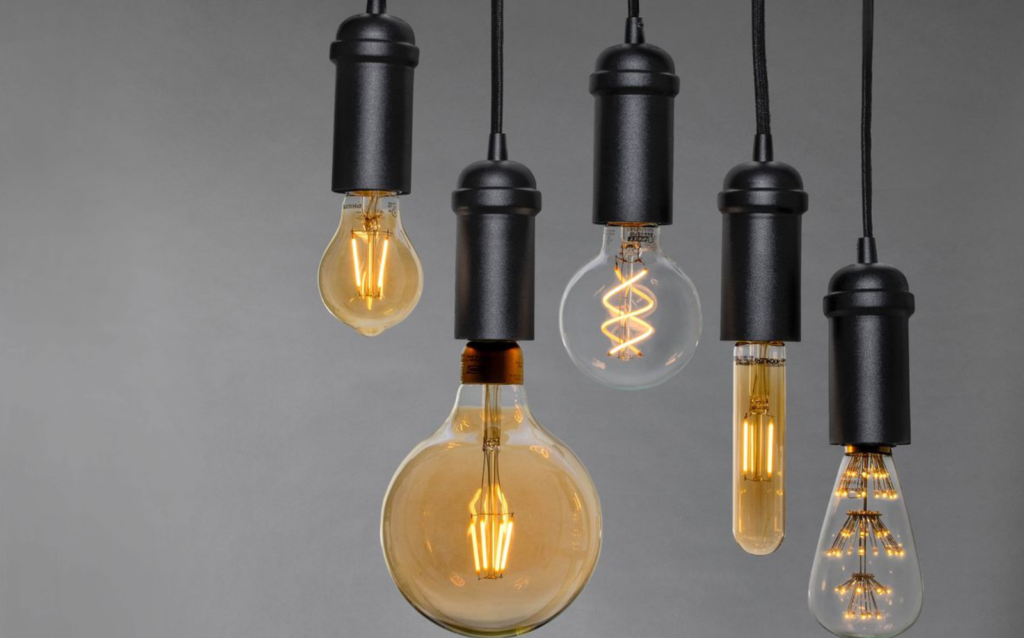
The main lights in a home are your two anchor lights. The ones that bring light into a room and make it feel warmer, brighter, more cheerful. If you’re trying to create a warm, cozy atmosphere, these are your windows and skylights (if you have them). Many interior designers will tell you to start with these first. Usually one of these anchor lights is larger than the other; that’s because we look up when we walk into a room, so there should be some sort of heavenly reference (like a chandelier or even artwork). Start with putting those lights in place and then continue on from there.
Set ambient light levels

Setting ambient light levels is a good way to improve mood, make people feel more comfortable, and increase productivity. When setting up lighting for different areas of your home, start by getting an overall sense of brightness you want in each room. Start with as low a level as possible without blinding yourself or your friends and work from there. You can always add more light if you need it later! As you’re thinking about brightness levels, think about color temperature too.
Determine accent lights
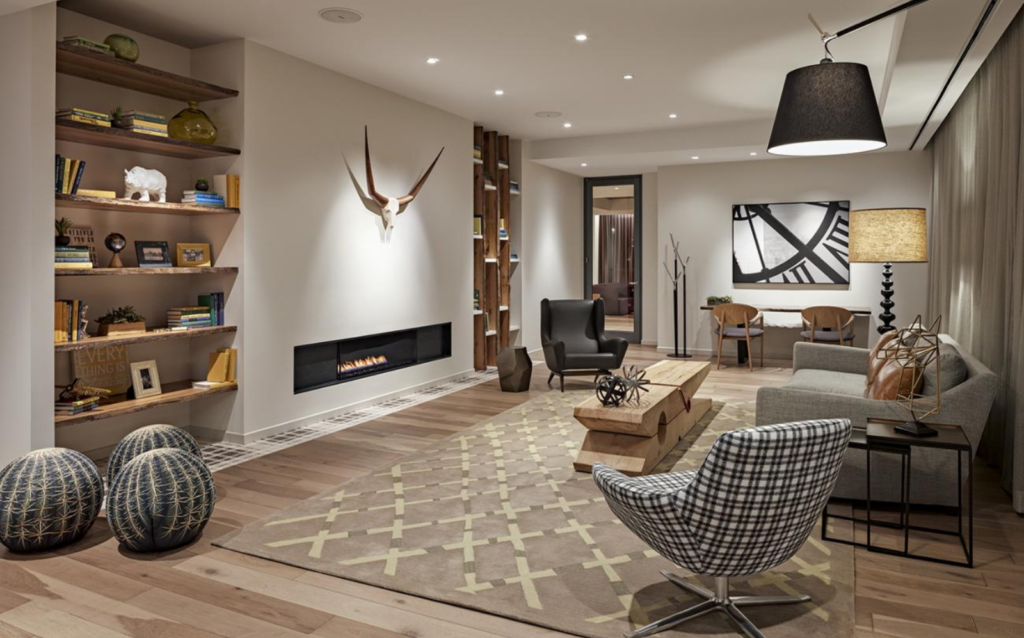
You’ll want to place your accent lighting at different heights and angles to enhance your home decor. Accent lights create a focal point and can be used to highlight specific pieces of furniture, artwork, or even rugs. If you have an entryway, use accent lighting to make it more welcoming by highlighting its height and making it appear larger than it actually is. By creating highlights, such as a ceiling chandelier in your dining room or sconces on each side of a fireplace mantel, you’ll create eye-catching features that will make guests feel welcome in your home.
Add task lighting
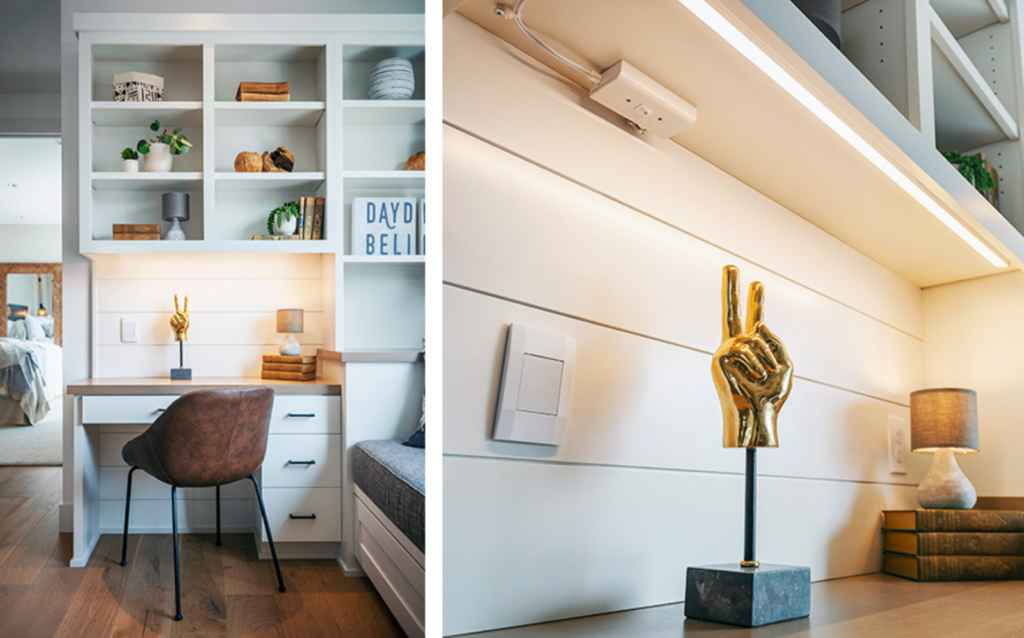
Installing task lighting, which illuminates only specific areas of a room rather than providing general illumination, is a subtle way to ensure your living space is conducive to productivity. Tasks like preparing dinner or completing work-related tasks can be made easier with proper lighting on hand. Placing pendant lights over your kitchen counter or at standing desks for late-night typing is a good idea for adding task lighting without being too harsh or obvious about it.
Add decorative lighting
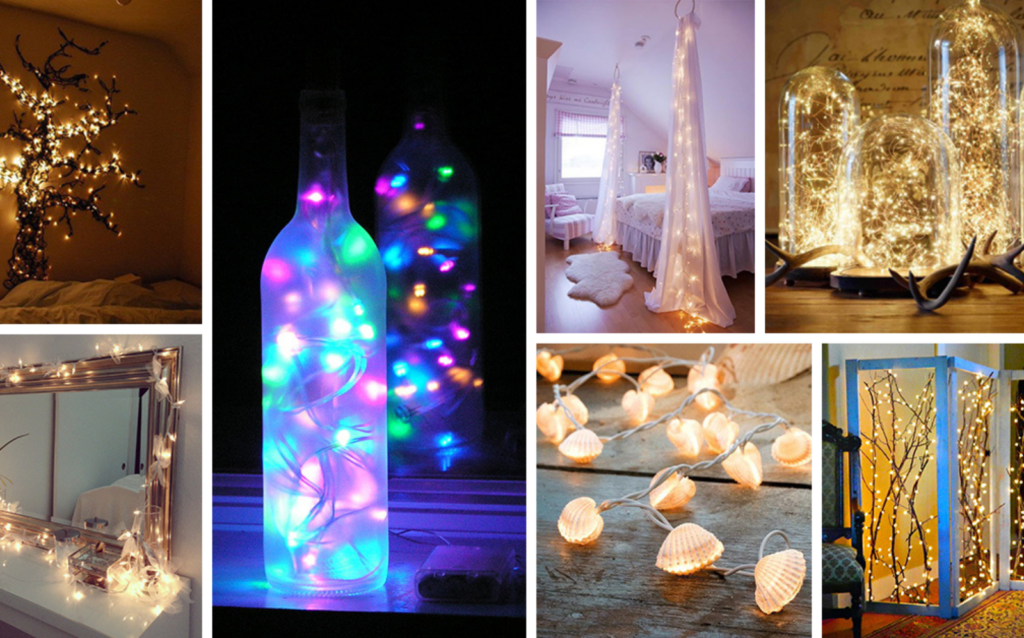
Adding lighting to your home can add a decorative element and draw attention to certain parts of your room. Depending on what you’re trying to accomplish, consider lights with a decorative flair (like lamps) or modern options that provide both form and function. Brighten up a dark room with recessed lighting, chandeliers, floor lamps, or table lamps.

